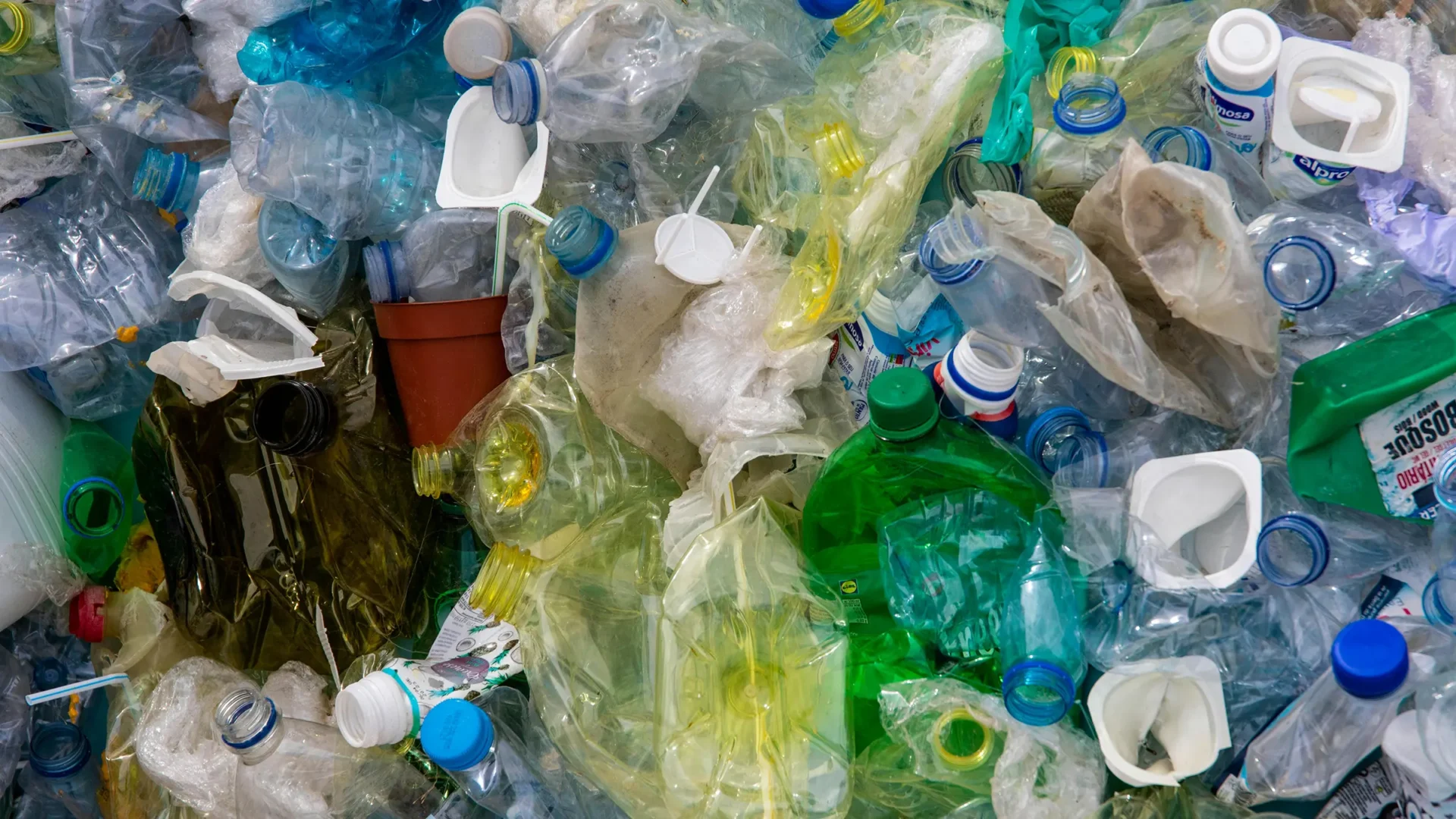Sustainability
Design that meets present needs while ensuring long-term viability—environmentally, socially, and organizationally.
Products, services, and systems designed sustainably consider the long-term impact on resources and the environment. For example, a sustainably designed product might use biodegradable materials or be designed for easy disassembly and recycling. These practices conserve resources and reduce the overall environmental impact, promoting a healthier planet for future generations. However, sustainable design does not always consider the environment or resources. A design’s sustainability also considers how the product, service, or system will remain viable when resources diminish or demand changes. Sustainable design focuses on using renewable resources, reducing waste, and minimizing carbon footprints. This approach often includes using recyclable materials, designing for durability, and creating systems that can be maintained and upgraded rather than replaced.
Designs that are not sustainable can lead to resource depletion and environmental damage. Products made from non-renewable resources or those that generate significant waste and pollution can contribute to problems such as deforestation, water scarcity, and climate change. These designs often fail in the long run because they exhaust the resources they depend on, leading to higher costs and scarcity. When design prioritizes sustainability, it can attract people who value environmentally friendly practices. People increasingly choose products and services that align with their values, supporting sustainability-related companies and systems and producing ideal experiences.
Examples of Sustainability
- Solar-powered LED street lighting
- Shuttles at Zion National Park
- Cradle-to-Cradle certified packaging
- Electric car-sharing services
- Green roofing systems
- Biodegradable cleaning products
- Cost-efficient operations
- Recyclable materials
- Low energy use
- Maintainable over time
Sources
Design
Jelsma, J. (2003). Innovating for Sustainability: Involving Users, Politics and Technology. Innovation: The European Journal of Social Sciences, 16(2), 103–116. https://doi.org/10.1080/13511610304520
Manzini, E. (2007). Design Research for Sustainable Social Innovation. In Design Research Now (pp. 233–245). https://doi.org/10.1007/978-3-7643-8472-2_14
Papanek, V. (2022). The Green Imperative: Ecology and Ethics in Design and Architecture. Thames & Hudson.
Formal Science
Meadows, D. H. (2008). Thinking in Systems: A Primer. Chelsea Green Publishing.
